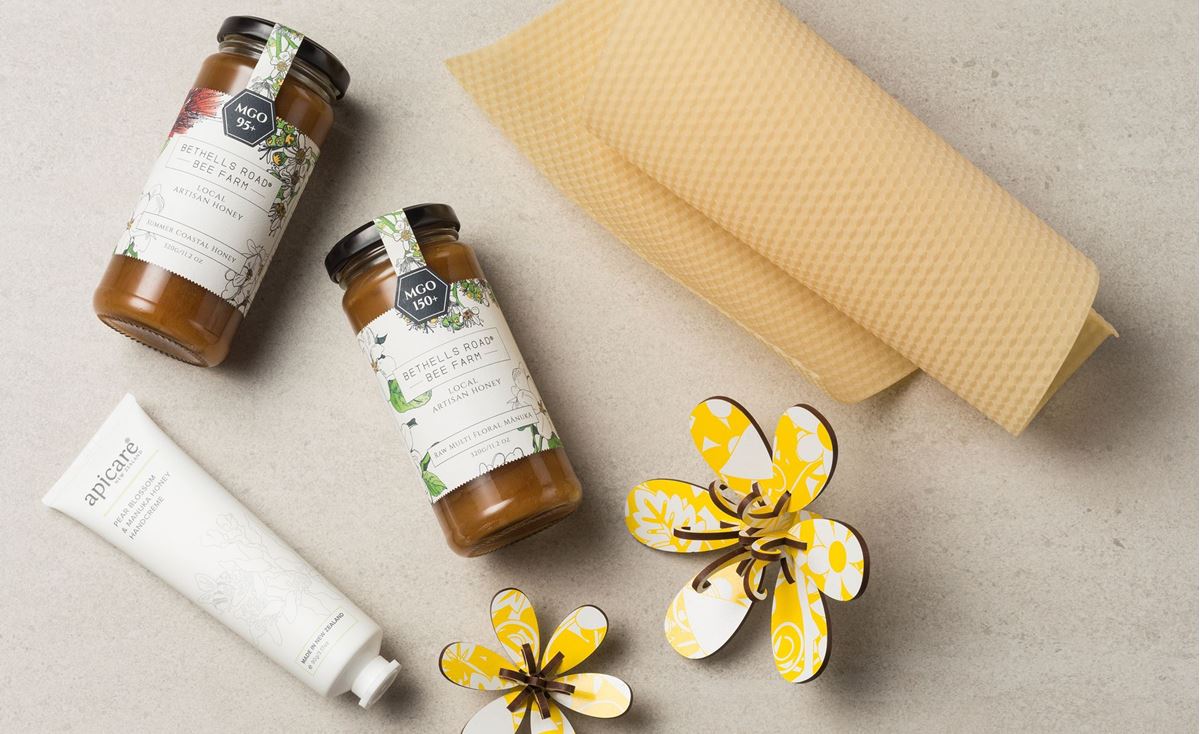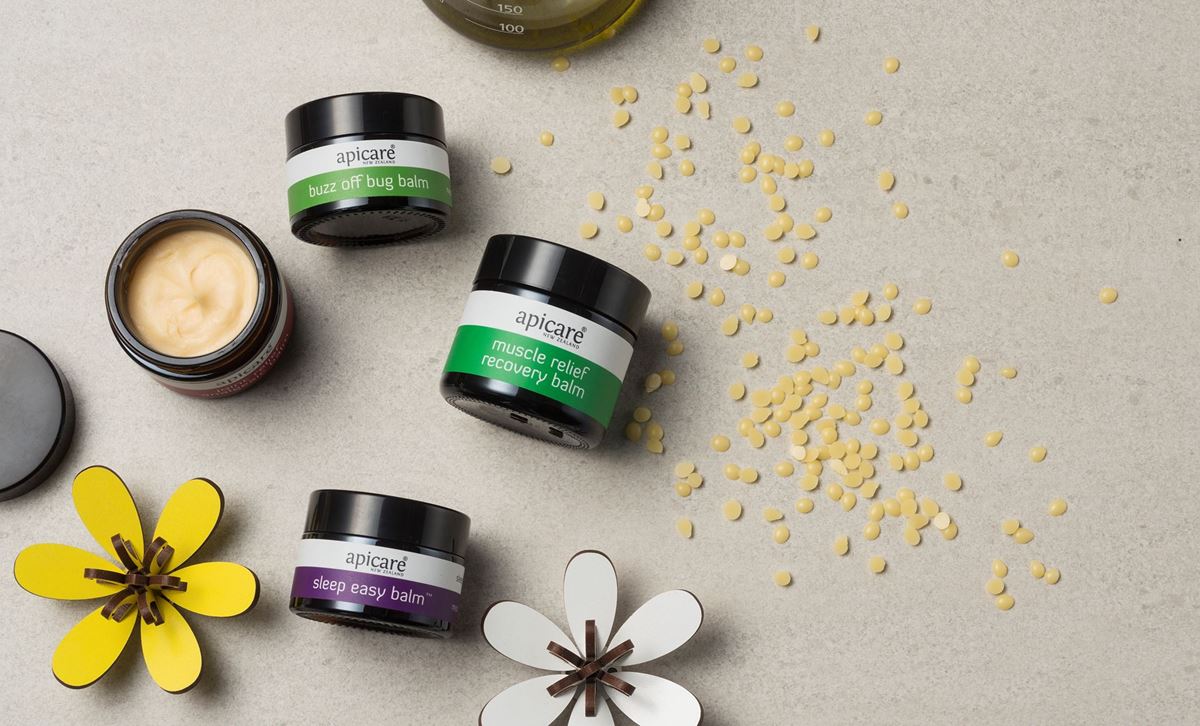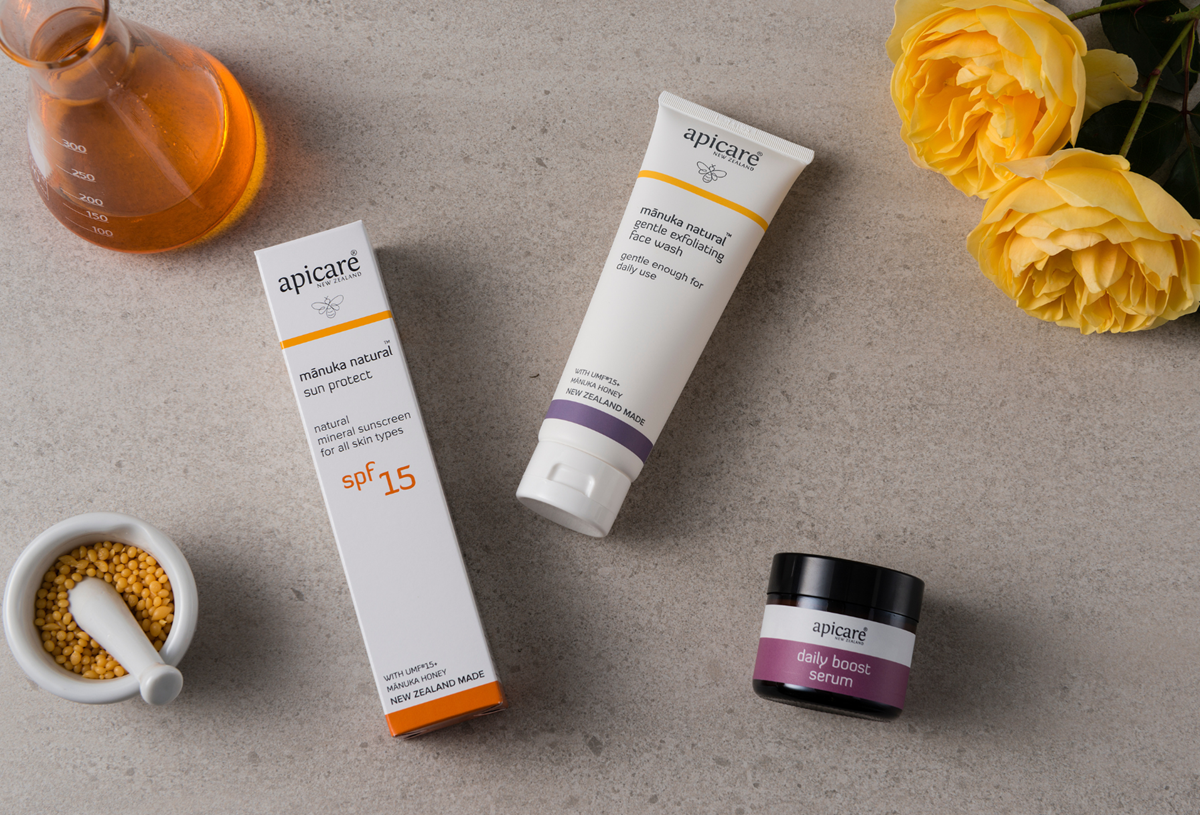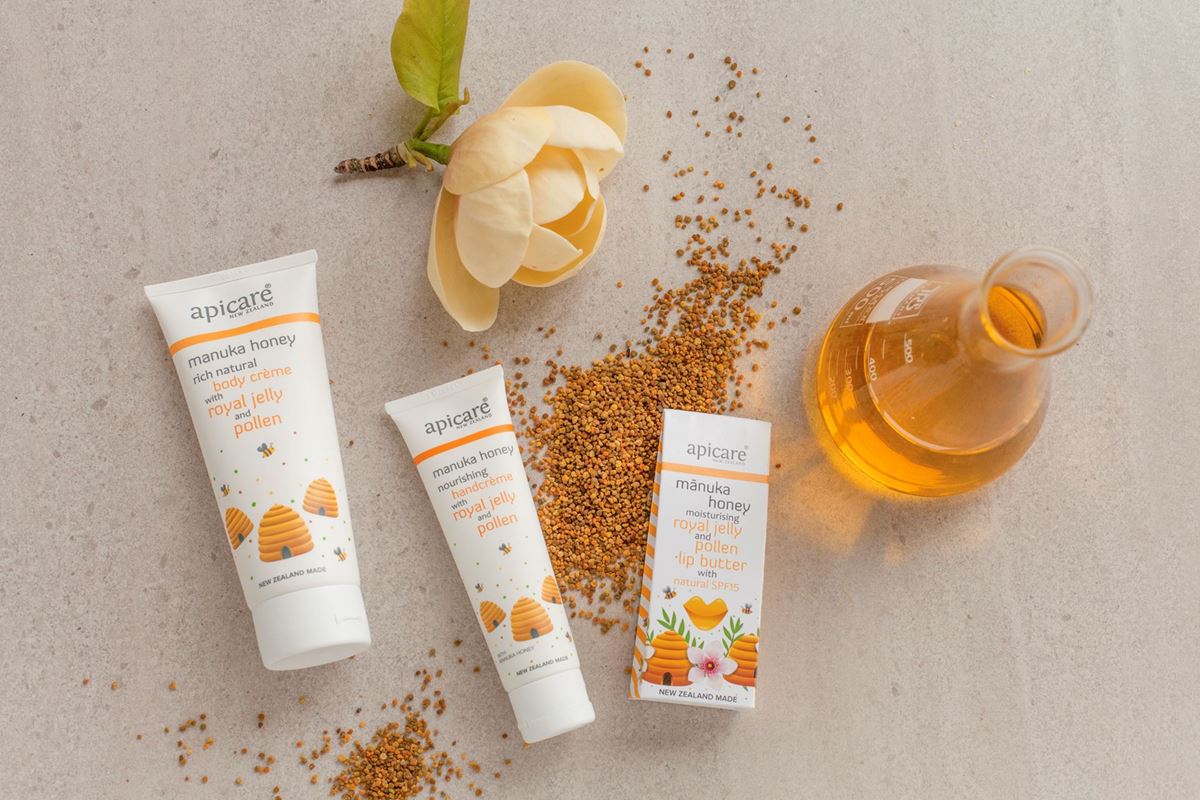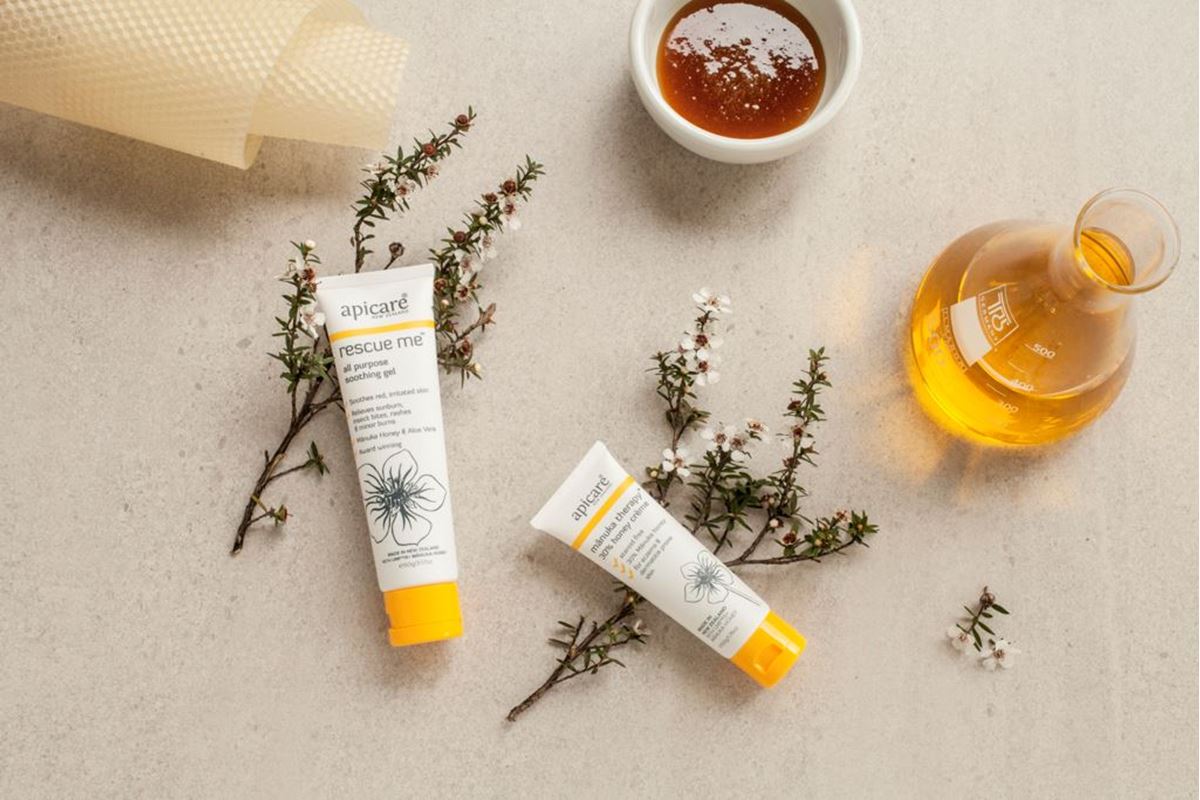Assess Your Skin
Our skin type is constantly evolving over the course of our lifespan. It is affected by numerous factors such as age, climate, sun exposure, hormonal fluctuations, genetics, work environment, our general state of health, medications and lifestyle factors.
To help you determine your skin type there have been industry standard guidelines established. These are outlined below:
Normal Skin – is not overly oily or dry and looks soft and vibrant. It is free from blemishes, redness and red patches. The pores are small and skin if free of superpose blood vessels. Skin care products and cosmetics do not irritate the skin.
NB: As aging occurs this skin type has a tendency to become dry.
Dry Skin – feels dry, tight and itchy and appears dull. Dry skin can tend to be sensitive and any wrinkles that are present will appear more pronounced. Dry skin can become flakey and can have a rough texture when touched.
NB: Redness on the cheeks and chin can be a sign of dry skin.
Oily Skin – has large pores which can become clogged by excessive fats on the skin meaning that it is prone to acne and blemishes (whiteheads, blackheads and pimples). Oily skin appears greasy or shiny.
NB: Oily skin tends to wrinkle less and the presence of blemishes often decreases significantly after the age of 25 as hormone levels stabilise.
Sensitive Skin – tends to react to environmental conditions and some cosmetics (particularly those that contain alcohol, fragrances, some synthetics and artificial colours). Sensitive skin can be found in conjunction with normal, dry and oily skin types.
Combination Skin – is characterised by an oily area that includes the forehead, nose and chin. This is often referred to as the T-zone. The skin around the temples, eyes and mouth is usually normal or dry.
NB: Combination skin is the most common skin type.
Problem or Troubled Skin – is effected by inflammation, irritation, pimples, whiteheads, blackheads and redness and is often painful. As blemishes heal hyperpigmentation (traces of colour change) can remain and can last for weeks.
Determining skin type
To establish your skin type, and it may be different from what you have assumed, you need to analyse your skin when it is clean and free of make up. To get a true picture you should not do this immediately after washing your face. Instead wait up to four hours after washing your face and then review your skin. Look in a mirror and establish whether there are any areas that are dry, red or matte – if so you are dealing with a dry skin type. Do you have areas that are shiny or oily? If you are not sure whether you have oily patches take a piece of facial blotting paper (or if you do not have any use camera lens paper or tissue paper) and press against your skin. It is worth repeating this process again an hour later. If the paper has translucent patches or oil smears on it you have some degree of oily skin. If this occurs just in the T-zone and other areas are dry you have a combination skin, if it occurs over all areas you have an oily skin.
Because our skin is influenced by so many factors (hormones, stress, weather etc) you should reassess your skin if you notice any changes. Your skin care regime may need to be modified from time to time to keep it at its optimum.
It is also worth noting that there are a number of skin conditions that can affect facial skin, and these may require medical attention. Two of the most common are rosacea and psoriasis.
Rosacea is an inflammatory disorder which affects the central portion of the face. It is characterised by a tendency to flush or blush easily, facial redness (hours to days), dilated or broken capillaries and later by red bumps that are not pimples but look a little like blemishes.
Psoriasis is a skin disease characterised by scaling and inflammation, and while it can affect many parts of the body it can also occur on the face and scalp. It may be present around the hairline, nose, eyes and cheeks and appear as raised, red, dry, white/silvery crusted skin. These patches of skin are sometimes referred to as plaques and may itch or burn.

